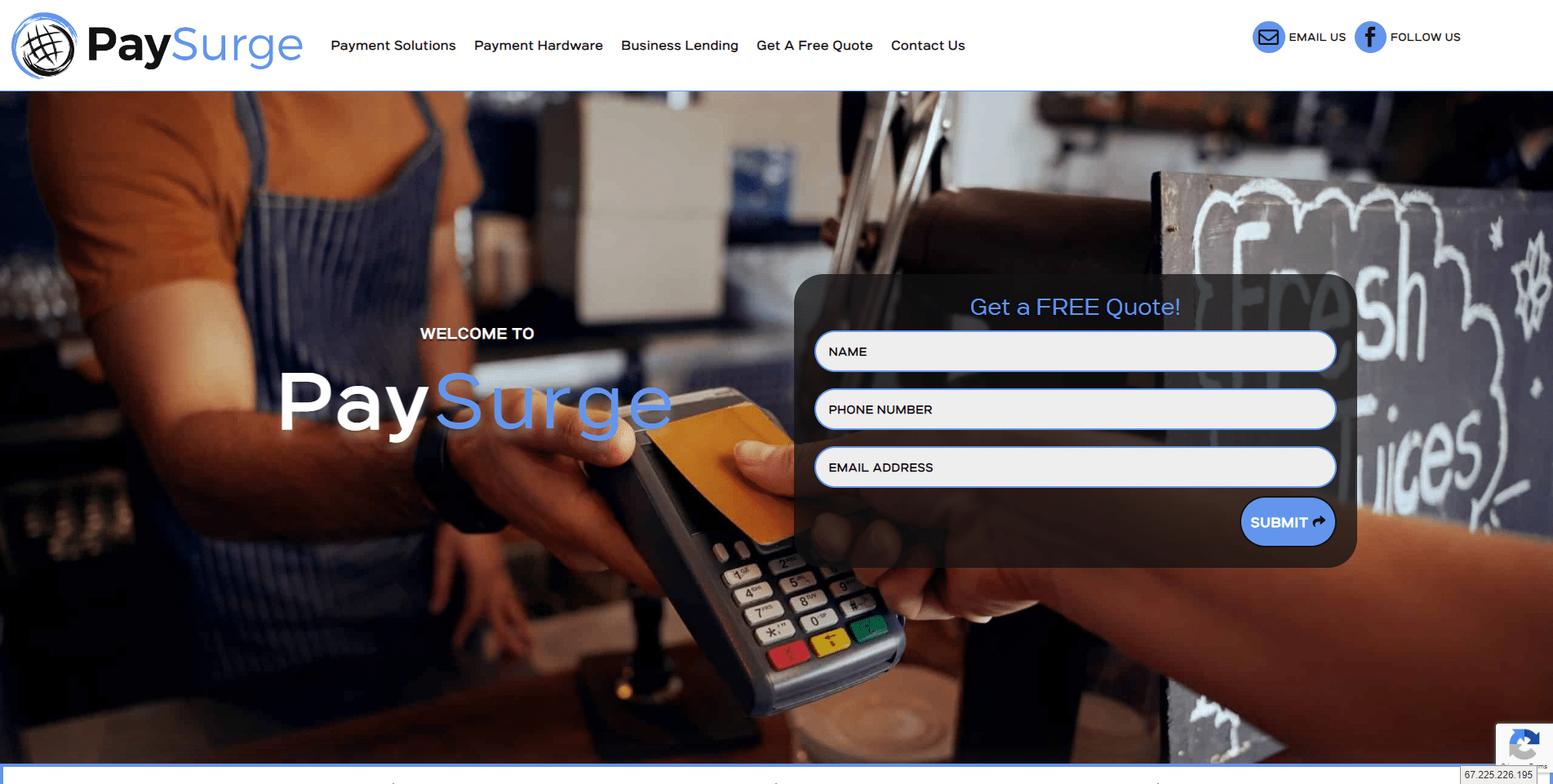Hey there! Welcome to my latest blog post all about the process of building PaySurge’s website. As a web developer, I’m constantly on the lookout for new and exciting projects that allow me to flex my creative muscles. And when I was approached by PaySurge to build their website, I knew I had found a project that would be both challenging and rewarding. In this post, I’m going to take you through the entire process of building the site, from the initial planning stages to the final launch. I’ll be sharing my thoughts on the design process, the tools and technologies I used, and some of the challenges I faced along the way. So sit back, grab a cup of coffee, and join me as we dive deep into the world of website design!
Researching Web Design Processes
Conducting user research is a crucial part of the web design process as it provides insights into what users need and want. Without conducting user research, you may end up with a website that doesn’t meet your user’s needs, which can lead to a loss in potential customers and revenue. One thing to consider during web design is payment hardware. This includes any tools or equipment that allow customers to make secure payments on your website. It’s important to choose the right payment hardware for your website to ensure a seamless checkout process for your customers. By including secure and easy-to-use payment hardware in your web design, you’ll not only provide a positive user experience but also increase the likelihood of gaining new customers and retaining existing ones. So, always conduct the necessary research and keep payment hardware in mind during the web design process to ensure your website is a success.
A thorough understanding of the business goals and target audience is essential in developing an effective web design strategy. It’s not enough to just have a visually appealing website – it has to serve its purpose in achieving business objectives and resonating with the intended audience. A successful web design is one that incorporates the right blend of aesthetics, user experience, and functionality to provide a seamless experience for the user. With the fast-paced digital world we live in, a website that doesn’t deliver what users want can easily be dismissed, and as such, defining a clear strategy for web design has never been more important. Incorporating the latest trends and technologies in web design is important, but staying true to your brand identity and effectively communicating your message are equally crucial in achieving your web design goals.
However, consistent and effective web design is essential in creating a successful website. PaySurge has identified the use of design systems and style guides as key elements to ensure a strong user experience across the platform. By having all web pages look and feel unified, users can navigate with ease, providing an overall positive and enjoyable customer journey.
Determining the Needs of Your Website
Conducting market research is one of the most impactful ways to ensure that your website resonates with your target audience. Your website should be designed with the end-user in mind, and to do that, you need to understand their needs and pain points. Once you have this information, it becomes easier to create a website that provides the value that they’re looking for. A well-designed website can improve user experience and guarantee that consumers will come back repeatedly. Ultimately, a website that’s tailored to meet the needs of your target audience will enhance your brand image and can help your business grow.
Identify the primary goals and objectives of the website and prioritize them accordingly. In web design, it’s important to keep the main purpose of the website in mind so that each element works towards achieving the end goal. For instance, if a business lending company wants a website to provide information about its services and attract potential clients, then the website should have a clean, professional design with clear calls to action. It’s also important to consider the target audience and tailor the design to their preferences and needs. A responsive design that is optimized for mobile devices is a must-have in today’s digital world, as most people use their smartphones to browse the internet. With these factors in mind, a well-designed website can help a business lending company attract and convert more leads, ultimately boosting their bottom line.
However, it is important to remember that when it comes to web design, the first steps should always be determining the content and features that are necessary to meet your goals and serve the audience’s needs. Your Web Pro LLC can help you conduct this process with ease and create a website plan that matches your expectations. With the right web design partner by your side, you’ll have a website up and running that meets all of your desired objectives quickly, efficiently and cost-effectively.
Designing a Seamless User Experience
Web design is all about creating a seamless experience for the users. Conducting extensive user research is, therefore, crucial in understanding user needs and preferences, which will help design a website that is in line with users’ expectations. With the help of user research, web designers can create a website that provides value to the users. It is important to keep in mind that a website must be designed with the user in mind. A good web design must be intuitive, visually appealing and easy to navigate. By creating a website that is user-friendly, businesses can attract more users and increase engagement.
All in all, web design is an important part of any business lending endeavor. Building a website or app that is both visually appealing and enjoyable to use requires careful planning and the implementation of a clear and intuitive navigation system that can guide users through the web experience without frustration. This will ensure that customers can easily find what they need in order to make informed decisions about their business lending outcomes.

